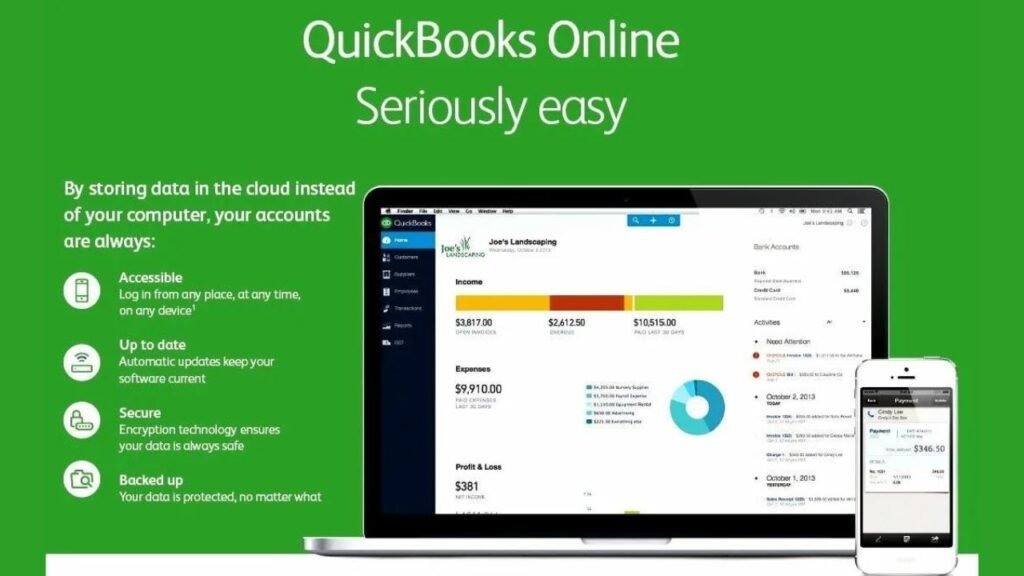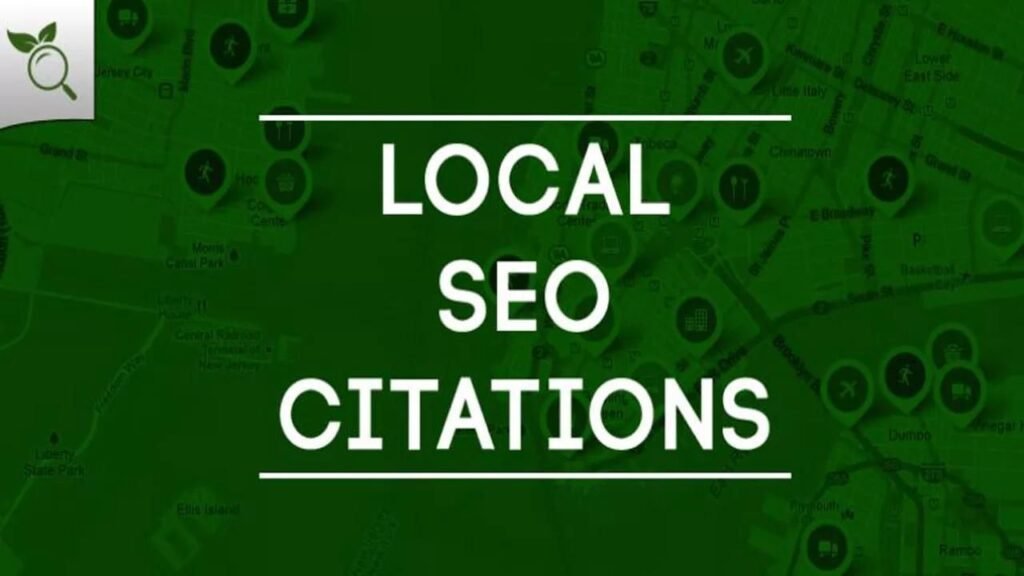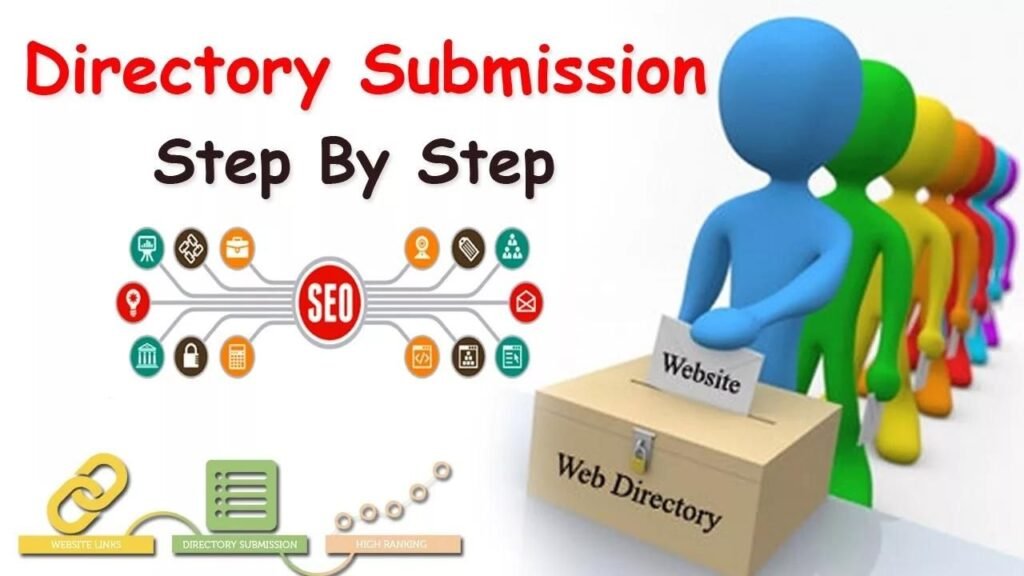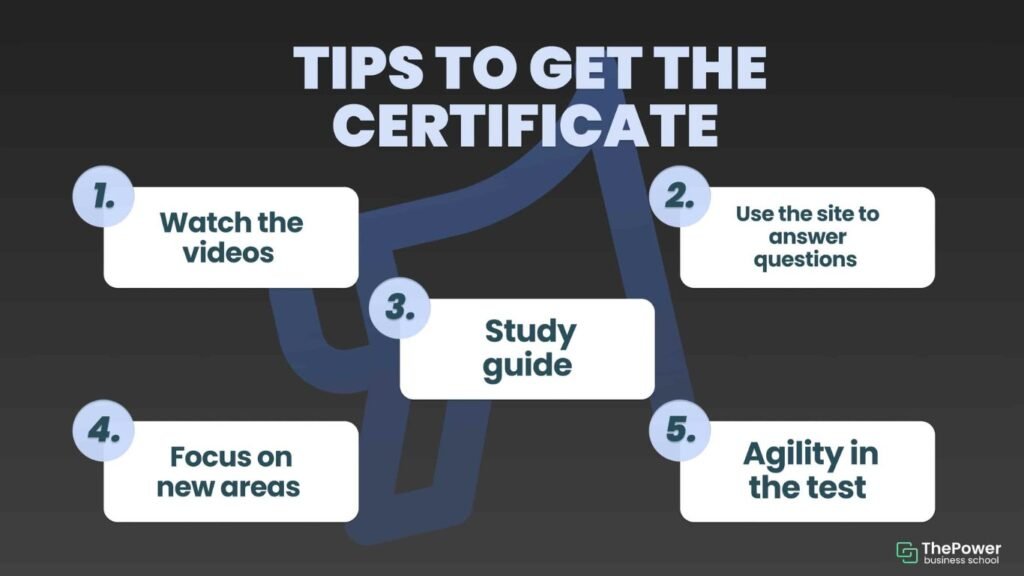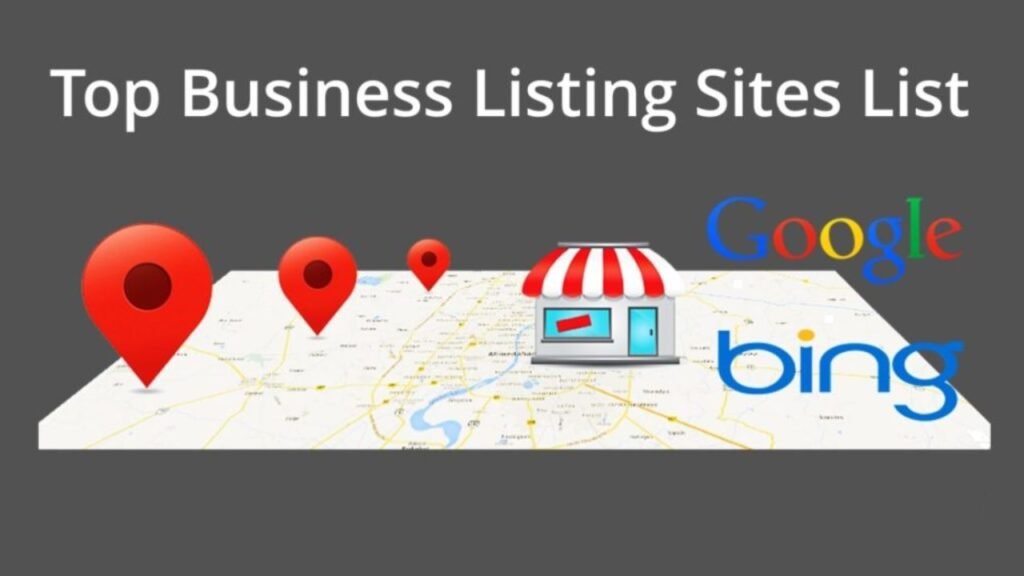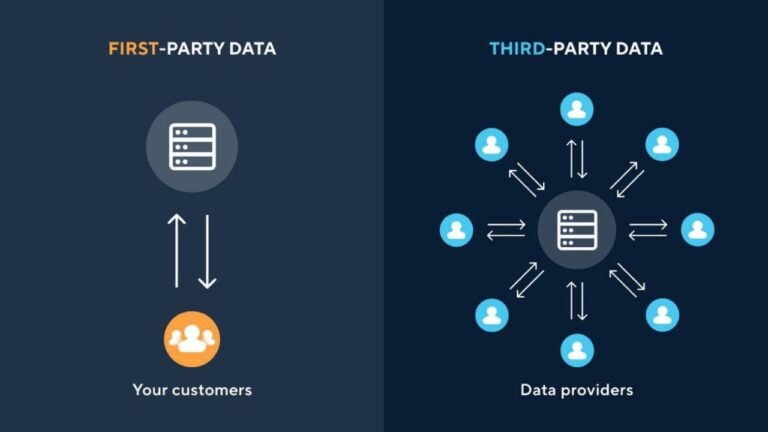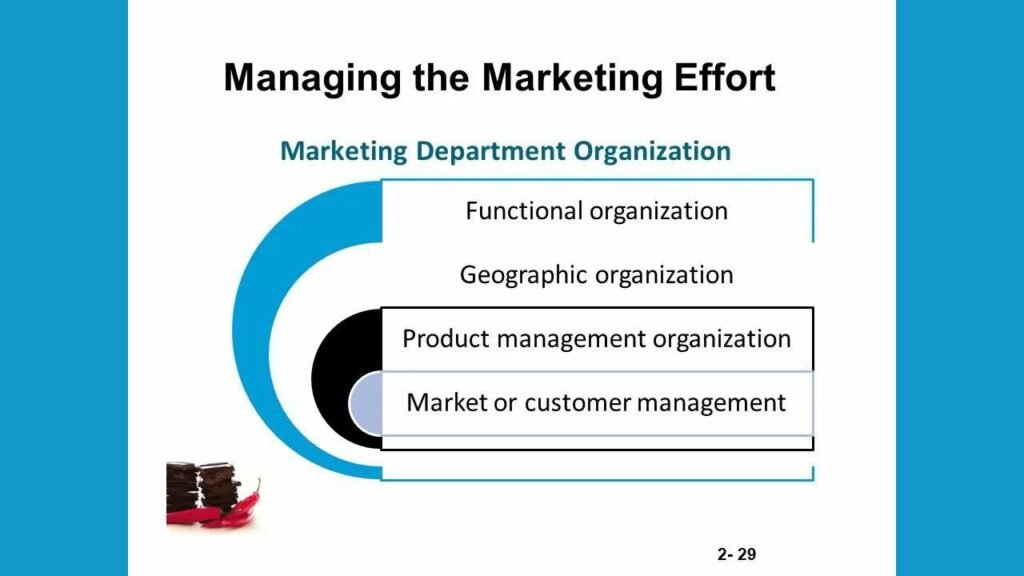What is the Purpose of a Social Media Algorithm, with content they’re they’re likely to enjoy, using past interactions as indicators. When users engage with posts or accounts, the algorithm adapts by recommending similar content, enhancing user experience through personalized suggestions.
What Are Social Media Algorithms
Social media algorithms are intricate systems utilized by platforms like Facebook, Instagram, and Twitter to curate content for users. These algorithms analyze user behavior, preferences, and interactions to personalize each user’suser’s feed.
By considering factors such as relevance, engagement, and recency, social media algorithms ensure that users are presented with content that aligns with their interests. Through continuous learning and adaptation, these algorithms strive to enhance user experience by delivering tailored content and maximizing engagement.
However, they also raise concerns regarding filter bubbles, echo chambers, and privacy, highlighting the need for users to understand and navigate these algorithms effectively.
How Social Media Algorithms Work
Social media algorithms prioritize content based on various factors, including relevance, engagement, Recency, and user history. They continuously learn from user interactions to tailor the content shown to each user.
2024 Social Media Algorithms: A Guide for All Networks

Navigating social media in 2024 demands an understanding of algorithms across various platforms. These intricate systems dictate what users see, emphasizing personalized content. By analyzing user behavior, algorithms curate feeds to enhance engagement.
As platforms evolve, staying abreast of algorithmic changes becomes essential for content creators and marketers. Whether it’s Facebook, Instagram, Twitter, or emerging platforms, each network employs algorithms to optimize user experience.
Awareness of these algorithms empowers users and businesses alike, fostering effective content strategies and maximizing visibility. In 2024, mastering social media algorithms is crucial for success in the digital landscape.
Find out the Purpose
We often seek the essence behind every phenomenon. Similarly, in the realm of social media algorithms, discovering their purpose is key to comprehending their significance. These algorithms serve a multifaceted role, striving to enhance user experience,
personalize content, maximize engagement, and optimize platform monetization. Through intricate analysis of user behavior and preferences, algorithms curate feeds with tailored content, fostering a sense of connection and relevance.
By unraveling the purpose behind these algorithms, we gain insight into the intricate workings of the digital landscape, empowering us to navigate and harness its potential with greater understanding and clarity.
Content Personalization
One primary purpose of social media algorithms is to personalize content for each user. By analyzing user behavior and preferences, algorithms ensure that users see posts, videos, and ads that are most relevant to their interests.
Enhancing User Experience
Social media algorithms aim to enhance user experience by displaying content that is engaging and valuable to users. By showing relevant content and filtering out spam or irrelevant posts, algorithms strive to keep users satisfied and engaged with the platform.
Maximizing Engagement
Another key purpose of social media algorithms is to maximize user engagement. Platforms prioritize content that is likely to generate likes, comments, shares, and other forms of interaction, as increased engagement benefits both users and the platform itself.
Promoting Relevant Content
Social media algorithms play a crucial role in promoting relevant and high-quality content. By identifying trending topics, popular posts, and influential creators, algorithms help surface content that is informative, entertaining, or meaningful to users.
Monetization for Platforms
For social media platforms, algorithms serve as a means of monetization. By optimizing content distribution and targeting ads to specific audiences, algorithms help generate revenue through advertising and sponsored content.
Impact of Social Media Algorithms
Social media algorithms wield significant influence, shaping what users see on their feeds. They can create filter bubbles, limiting exposure to diverse perspectives and reinforcing echo chambers. Algorithms are also susceptible to manipulation, allowing misinformation to proliferate.
This can have far-reaching consequences, impacting societal discourse and individual well-being. Additionally, algorithmic bias and lack of transparency raise concerns about fairness and privacy.
To navigate these impacts, users must remain vigilant, critically evaluate the content they consume and diversify their online sources. Ultimately, understanding the impact of social media algorithms is essential for fostering a more informed and balanced digital landscape.
While social media algorithms have various benefits, they also have significant impacts on society and individuals.
Filter Bubbles
One concern associated with social media algorithms is the creation of filter bubbles, where users are exposed only to content that aligns with their existing beliefs and opinions, leading to echo chambers and limited exposure to diverse perspectives.
Echo Chambers
What is the Purpose of a Social Media Algorithm, Social media algorithms can reinforce echo chambers by prioritizing content that resonates with users’ existing views, potentially exacerbating polarization and hindering constructive dialogue.
Information Manipulation
There have been instances of social media algorithms being manipulated to spread misinformation, fake news, and propaganda, highlighting the potential risks associated with algorithmic bias and manipulation.
Social Media Addiction
The addictive nature of social media platforms, driven in part by algorithms designed to maximize user engagement, has raised concerns about the impact of excessive social media use on mental health and well-being.
Criticism and Controversies
Criticism surrounding social media algorithms encompasses concerns of bias, lack of transparency, and privacy violations. Algorithms have faced scrutiny for perpetuating filter bubbles, amplifying misinformation, and fostering social division.
Additionally, their opaque nature raises questions about fairness and accountability. Critics argue that algorithms prioritize engagement over accuracy, potentially exacerbating societal issues.
Moreover, the collection and use of user data without transparent consent raise ethical dilemmas regarding privacy rights. These controversies highlight the need for greater regulation and transparency in algorithmic decision-making to mitigate negative impacts and ensure a more equitable online environment.
Bias and Discrimination
Bias and discrimination persist in various aspects of society, including technology and social media. Algorithms and AI systems may inadvertently perpetuate biases, leading to unequal treatment based on race, gender, or other factors. Addressing bias requires awareness, accountability, and concerted efforts to develop fair and inclusive systems.
Lack of Transparency
Transparency is crucial for trust, yet many entities need it. From governments to corporations, opacity breeds suspicion. Without clear communication, misunderstandings arise, eroding confidence.
Transparency fosters accountability, allowing stakeholders to understand decisions and actions. Embracing openness builds stronger relationships and cultivates a culture of trust and integrity.
Privacy Concerns
What is the Purpose of a Social Media Algorithm, Social media algorithms’ collection and analysis of user data raise privacy concerns, as users may need to be made aware of the extent to which their personal information is being used to personalize their online experience.
Navigating Social Media Algorithms

Navigating Social Media Algorithms can be a daunting task in the ever-evolving landscape of online platforms. How these algorithms function is key to maximizing visibility and engagement.
By staying informed about algorithm changes, diversifying platform usage, and engaging authentically, users can effectively navigate these digital landscapes. It’s essential to adapt content strategies to align with algorithmic updates and prioritize genuine interactions.
By doing so, individuals can mitigate the effects of filter bubbles and echo chambers, ensuring a more diverse and enriching social media experience for themselves and their audiences.
Algorithm Changes
Algorithm Changes can significantly impact online platforms, affecting content visibility and user engagement. These adjustments often reflect platform goals, user feedback, and industry trends.
Keeping abreast of algorithm updates is crucial for content creators and businesses to maintain visibility and adapt their strategies accordingly. These changes ensures continued relevance and effectiveness in online marketing and communication efforts.
Diversifying Social Media Usage
What is the Purpose of a Social Media Algorithm, Diversifying social media usage involves exploring various platforms beyond the mainstream ones, like Facebook and Instagram. By branching out to platforms like Twitter, LinkedIn,
Or niche forums, users can expand their online experience, access different content types, and engage with diverse communities, enriching their overall social media experience.
Engaging Authentically
Engaging authentically on social media involves interacting with content genuinely and sincerely. Instead of focusing solely on likes and shares, authentic engagement emphasizes meaningful connections and conversations.
It fosters a sense of community and trust, leading to deeper relationships with followers and contributing to a more positive online environment.
Why are Social Media Algorithms Important
Social media algorithms play a pivotal role in shaping users’ online experiences. By analyzing user behavior and preferences, algorithms curate personalized content tailored to individual interests.
This enhances user engagement, fosters community interaction, and maximizes the value users derive from social media platforms. Additionally, algorithms enable platforms to optimize ad targeting, driving revenue and sustainability.
Without algorithms, users would be inundated with irrelevant content, diminishing the overall utility of social media platforms. Therefore, the importance of social media algorithms lies in their ability to enhance user satisfaction, foster meaningful connections, and sustain the ecosystem of social media platforms.
The Secrets of Social Media Algorithms

Social media algorithms wield immense power, dictating what content we see and when. Behind the scenes, these algorithms operate on intricate systems of data analysis and user behavior tracking.
By understanding the secrets of social media algorithms, users can unlock the key to maximizing their online presence. From timing your posts strategically to engaging authentically with your audience, there are various tactics to navigate these algorithms effectively.
However, the true inner workings remain shrouded in mystery, leaving many to speculate on the algorithms ‘ next moves. Unveiling these secrets empowers users to harness the full potential of social media platforms and elevate their digital presence to new heights.
Deciphering the Algorithm Enigma
Algorithms wield immense power, shaping our online experiences in ways both seen and unseen. From social media feeds to search engine results, these complex formulas determine what content we encounter. Deciphering the Algorithm Enigma is an ongoing quest as users strive to understand the mechanisms governing their digital interactions.
By unraveling the intricacies of algorithms, we gain insight into how information is curated and distributed. Yet, despite our efforts, the true nature of these algorithms still needs to be discovered, shrouded in secrecy and subject to constant evolution.
Nevertheless, as we continue to navigate the digital landscape, decoding the Algorithm Enigma is essential for informed engagement and digital literacy.
Driving Platform Growth
Growth is essential for social media platforms’ sustainability and profitability. Algorithms play a crucial role in driving platform growth by promoting content that attracts new users and retains existing ones. By surfacing relevant and engaging posts, algorithms encourage increased usage and attract a wider audience, ultimately fueling the platform’s expansion.
Optimizing Ad Revenue
What is the Purpose of a Social Media Algorithm, Social media algorithms also serve advertisers’ interests. By analyzing user data and behavior, algorithms can target ads with pinpoint accuracy, ensuring that they reach the most relevant audience segments.
This optimization maximizes the effectiveness of advertising campaigns, generating higher returns for advertisers and increased revenue for the platform
.
The Evolution of Algorithms
What is the Purpose of a Social Media Algorithm, As social media continues to evolve, so too do its algorithms. Constantly adapting to changing user trends and technological advancements, algorithms undergo regular updates and refinements.
This ongoing optimization ensures that they remain effective in delivering personalized and engaging content to users, keeping pace with the ever-shifting landscape of social media.
Conclusion
Social media algorithms play a crucial role in shaping the content users see on their feeds, with the primary purpose of personalizing and optimizing the user experience. While algorithms have various benefits, they also raise important ethical and societal considerations that warrant further scrutiny and discussion.
FAQ
What is the Main Goal of Social Media Algorithms?
Algorithms function as librarians, sorting and connecting users with their preferences. This prevents overwhelming users with endless content and helps them find what they like faster. Algorithms enable users to uncover valuable posts, connect with like-minded individuals and explore their interests.
How do you Use Social Media Algorithms to your Advantage?
Interacting with relevant content is crucial to leveraging the algorithm effectively. By engaging with such content, you increase the likelihood of other users interacting with your posts. As your content garners more engagement, the algorithm will amplify its reach to a wider audience.
How Much do Social Media Algorithms Control You?
Algorithms often prioritize sensational content to keep you engaged, potentially fueling negativity and anxiety. 4. The Manufactured Outrage Machine: Algorithms can amplify divisive content, exploiting emotional triggers to keep you engaged, even if it means stoking anger and conflict.
How do Social Media Algorithms Make Money?
The more time a user spends on the platform, the more ads the platform can display, leading to increased ad revenue. This is why these algorithms prioritize maximizing user engagement above all else.
How do Algorithms Make Social Media Addictive?
It is easy to get addicted to social media because of the release of dopamine, a “feel good” chemical, in the brain during usage. Excessive validation and reliance on social media create a temptation to seek more dopamine. Therefore, similar to drugs, withdrawal symptoms can develop and worsen over time.






